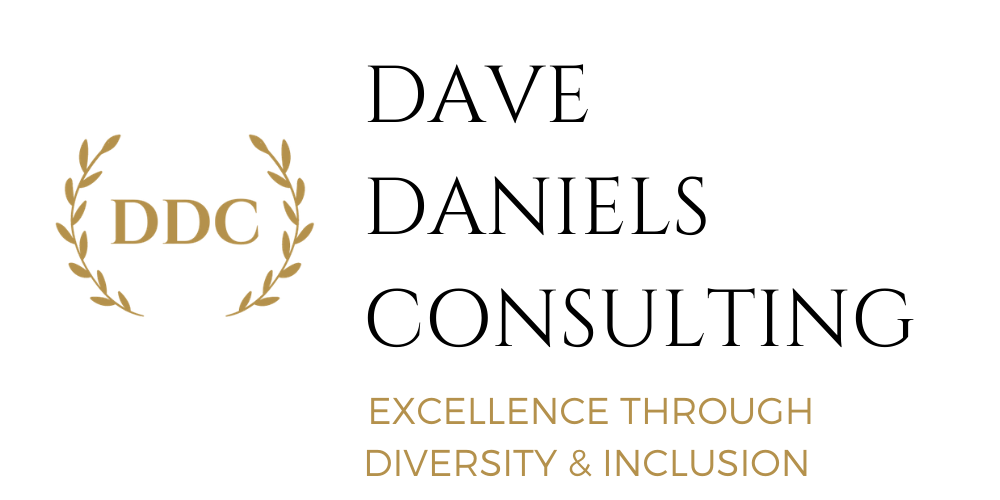Diversity Councils and ERG’s
Once the Executive Leadership Team (ELT) has established a Vision of Success (VOS), are aligned on corporate and Business Unit (BU) strategies, established effective measurement, and implemented the Intercultural Development Inventory (IDI) process for the ELT, It’s time to explore additional next steps. I have already explored Succession Planning and Mentor/Sponsor approaches in recent articles, so the next most logical steps for many companies are the concepts of Diversity Councils (DC) and Employee Resource Groups (ERG’s).

Diversity Councils should include diverse group of current and potential leaders, as identified through Succession Planning.
One of the many benefits of the DDC Approach to Diversity and Inclusion (D & I) revolves around a process that starts with leadership and aligns every step of the journey. Often, well intentioned tactics surface inside the organization, but they operate outside of the ELT’s knowledge and/or understanding of content and objectives. There are many examples that I could site but allow me to focus on the intent of this article, DC’s and ERG’s. Often, these concepts bubble up internally and become very tempting for the ELT to support, as they do not want to discourage employee initiative.
The problem with taking this approach is the lack of informed support with little understanding where the initiative fits into the overall D & I strategy. I often find that these well-intentioned efforts have poor focus and little to no tie into the vision, mission, values, and overall strategic direction of the company. Leadership of these efforts are often not driven and led by the best of the best, as defined by a robust and unbiased Succession Planning process. I rarely find a “charter” for these groups, and they have not identified a “Sponsor” for the group, at least one that has the expertise to optimize their efforts.
When created within the strategy that links to other key initiatives i.e. Succession Planning, both concepts can be very powerful. They must be established by someone who truly understands how to leverage a win/win scenario, and they must become a critical cog in the success of the organization. These are easy words to speak, but there are far more misses than successes out there. Again, proper linkage, implementation, and execution are key.
For example, the DC should be comprised of a diverse group of current and potential leaders, as identified through Succession Planning. The “Sponsor” of the group needs to understand how to lead the group to a win/win scenario. What does proper linkage look like for ERG’s? The DC should set parameters for all ERG’s along with equitable resources which are supported by the ELT. It is worth repeating that any D & I initiative needs to be created to support the VOS, company Mission, and Values while integrating with current strategic plans. The ERG’s should be accountable to the DC which has the support and provides regular feedback to the ELT.
These two significant D & I action steps must be shepherded with wisdom and efficacy by your Chief Diversity Officer (CDO). Hopefully, this series of articles provides you with additional knowledge as the Chief Executive Officer (CEO) or Chief Human Resource Officer (CHRO) allowing you to better frame the selection process of the organization’s CDO. You do not need to be the expert in this area, but you need to arm yourself with enough knowledge to select the right person for this critical job. Honestly, I find that the CEO wants to make the correct decision on this person, but they have very little knowledge as a framework for selection. Due to his lack of confidence, they often delegate the selection process to their CHRO or lead Human Resources (HR) person. The problem with this approach is the CHRO often has limited knowledge and exposure to D & I other than tactical areas i.e. learning sessions such as Unconscious Bias. These observations are not made in malice; they are based on numerous real-life experiences working with organizations. My final article in this series brings all these components of the DDC approach together.
